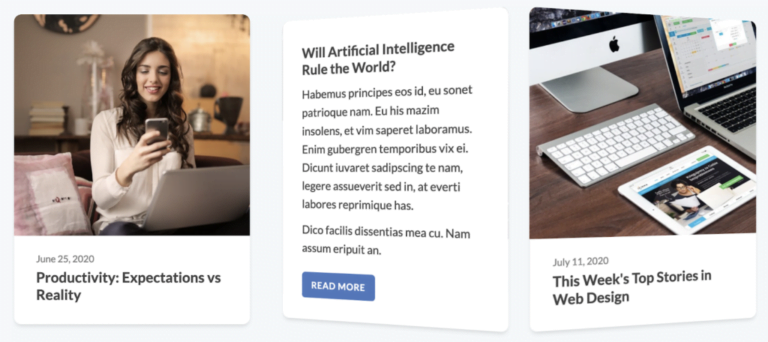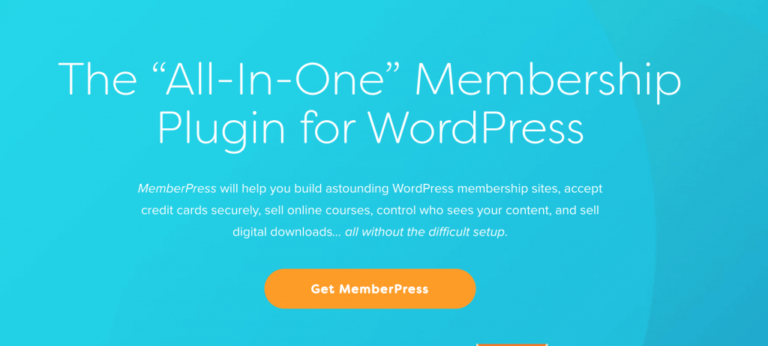
An effective logo design shows who you are and what you do just by appearing on a piece of paper or computer screen. It should stand out and be easy to remember for customers and prospects. Unfortunately, many business owners and designers know what a great logo should look like, but not how to achieve greatness. This article looks to help you improve your logo, so that it can reflect your brand identity and play its part in product marketing. Here are five tips to pay attention to:
1. Go simple
Table of Contents
Simplicity is underrated when it comes to creating effective brand logos. Amateur designers tend to cram a lot into their designs, making their creations messy and unreadable. The point of any logo is to convey as much information as possible in the most seamless manner. That information can be as simple as a word, picture, or graphic. MyFreeLogoMaker offers business owners a platform to create simple and unique logos, even without prior design skills. The site is worth a visit if you are on a budget or want to get around the hassle of dealing with a designer.
2. Leave spaces between visual elements
The contents of your logo design should complement each other, but there need to be spaces between the elements. The point of this is to ensure the contents don’t run over each other and the logo doesn’t look jumbled when contracted. Equally important is leaving enough clear space around your logo – this will be helpful when adding the logo to a larger design. Include the clear space as part of your final design file to keep the branding consistent every time your logo is used.
3. Minimize literalism
Just because you run a sneaker brand doesn’t mean you should have a pair of shoes in your logo. That’s too obvious and may come off as boring to a keen observer. It could even take a toll on your reputation since the largest corporations have made it the standard to use visuals that have nothing to do with the brand in their logo designs. If the logo is too on-the-nose, then perhaps you should rid it of the obvious elements and replace them with non-related but visually attractive images. This could mean anything from abstract shapes that capture the feeling of your brand, to unrelated visuals that speak to what inspires your brand. For a sneaker brand, this might mean including a sleek abstract shape or an animal known for speed.
4. Make it scalable
Given your logo will be appearing on various platforms and in different formats, it’s best to ensure it is aesthetically consistent everywhere it appears. This means creating it as a vector file. Vector files allow for logo expansion and contraction without pixelation or loss of quality. The same file can thus be used on a postage stamp and on a billboard without the need for a reworking.
However, keep in mind that not all file formats are accepted across the board – for example, social media sites often don’t accept vector files, and ask for a JPG or PNG file instead.
5. Focus on mobile
Since most users probably access your content from mobile devices, your logo is going to appear in pretty contracted forms. An overly detailed logo may stop making sense below a certain number of pixels, while a simple single-colored design such as the Facebook “F” will remain visible and recognizable. When creating your logo, ensure the most important element covers a significant portion of the design and that the colors are closely related and hard to lose in shrunk formats. This will bring you back to the first point in the list: simplicity. A more streamlined logo will always work better at small sizes, no matter your industry.
Endnote
Improving your logo should be an easy task if you already know what to remove and what to keep. A simple, scalable logo that represents the ideas that inspire your brand will make your business instantly stand out above the rest. The above tips should serve as guidance, but make sure to consult an expert if you are considering a design overhaul.






